“A body handmade by God” is how Bono described Naomi Campbell, who this year celebrates her 50th birthday and a superstar modelling career spanning four decades.
Campbell – fierce, fearless, outspoken, imperious and incredibly beautiful – is rarely out of the news, including now with the Black Lives Matter movement and her opinionated response given her sustained campaigning for diversity and models of colour on the catwalk.
This book features images of Campbell from the first photographers to recognise her potential, such as Eamonn McCabe, to Richard Avedon, Steven Meisel, Helmut Newton, Herb Ritts, Paolo Roversi, Ellen Von Unwerth and Bruce Weber
A new book called simply Naomi chronicles her trajectory from a young dancer in London to working with the greatest fashion designers and photographers in the world. More than 500 photographs display her extraordinary versatility and energy, illustrating her mantra that “a great model reinvents herself constantly”.
Originally published as a signed collectors’ edition of just 1,000 copies, this book gathers the very best of Campbell’s portfolio in an updated, extra-large edition. It features images of her from the very first photographers to recognise her potential – Eamonn McCabe, Tony McGee and Martin Brading in London – to Richard Avedon, Steven Meisel, Helmut Newton, Herb Ritts, Paolo Roversi, Ellen Von Unwerth and Bruce Weber, among others.
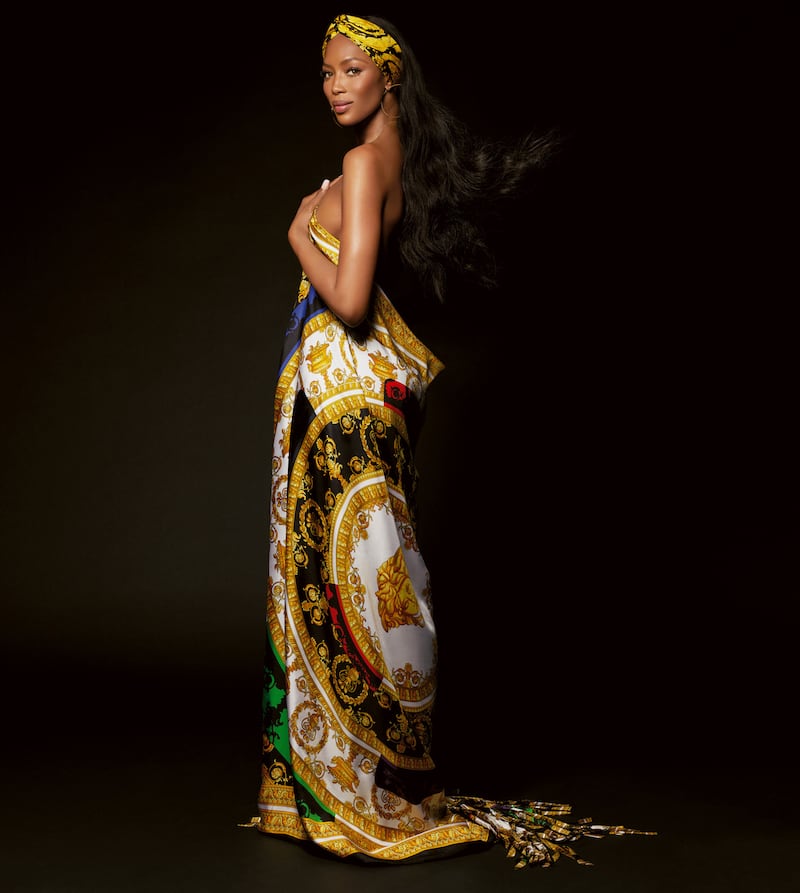
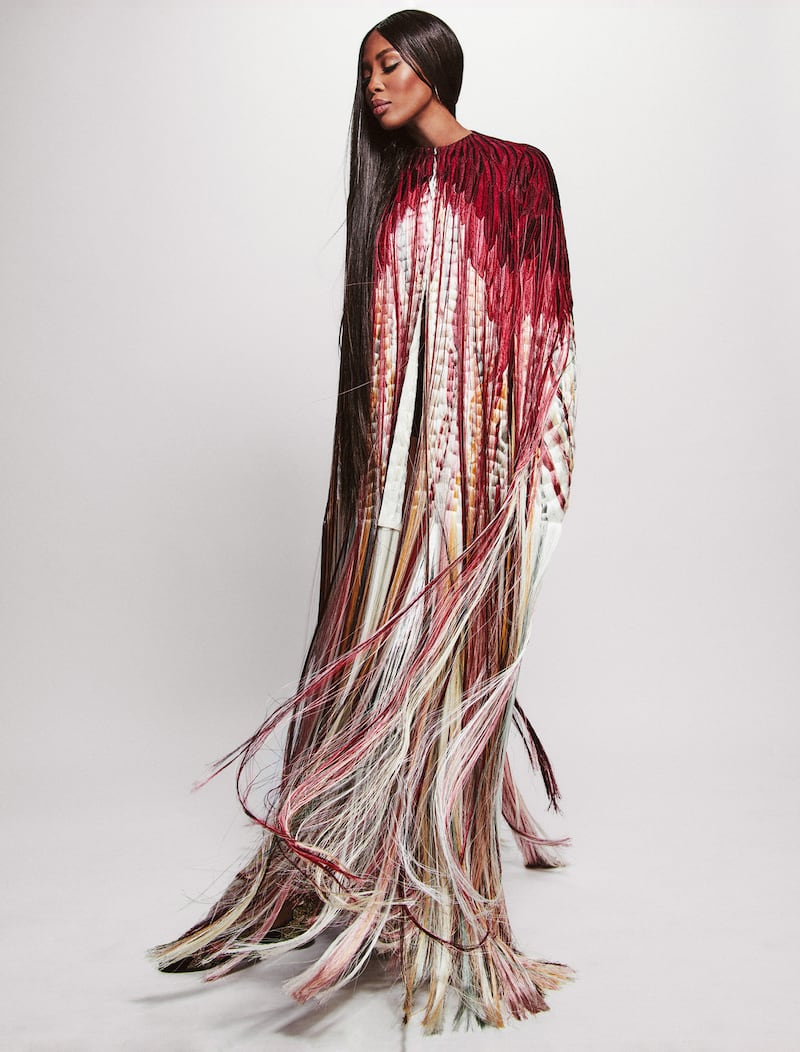
What’s interesting is Campbell’s view of them; she turns the focus on how they work and portray her. “Much of the fun is seeing how each photographer is going to recreate me,” she writes. Some of the most unforgettable shoots include Peter Lindberg’s sequence of her dancing as Josephine Baker on the beach for Italian Vogue and another of her racing against a cheetah for US Harper’s Bazaar taken by Jean-Paul Goude.
The text she has written for the publication – she understands power and how to control the narrative – covers the heady early days of modelling in Paris and nights at Les Bain-Douches or La Coupole with Yves St Laurent, Versace and the much-loved Azzedine Alaïa, who took her under his wing. The glory days of the supermodel era in the 1980s had a price, “when our private lives became the subject of such scrutiny”.
She talks about how her friendship with the “endearing” teenager Kate Moss grew and how Ali Hewson used to call the two “wagons – an Irish term for unruly girls”. Campbell also recalls the famous incident in 1993 when she toppled on the catwalk of a Vivienne Westwood show in 12in heels and made headlines. Tips on modelling occasionally drop – “wigs are the best accessories”, and as for the catwalk, “I look into the lights and follow the music”.
Sometimes, with all the media attention, you forget how amazing she is at her job. People forget that is why she is who she is. It's not the rock star boyfriends, it's because she is the best catwalk model in the world
She does not discuss her more infamous convictions for assault, the British Airways ban nor her appearance at African warlord Charles Taylor’s war crimes tribunal, though she has admitted making mistakes. She once told an interviewer “I don’t live in regret” but is usually careful in more recent times to keep her cool, firmly but always in control.
Philip Treacy once made an astute observation about her success. “Sometimes, with all the media attention, you forget how amazing she is at her job. People forget that is why she is who she is. It’s not the rock star boyfriends, it’s because she is the best catwalk model in the world.”
William Doyle of Newbridge Silver, who engaged Campbell for a promotional campaign in Ireland four years ago and had first-hand experience of dealing with the diva, would agree. The photographer Barry McCall shot her in the now familiar portrait in a silver bodice made by a London specialist in suits of armour – an image widely used by Newbridge on billboards and advertisements for more than two years.
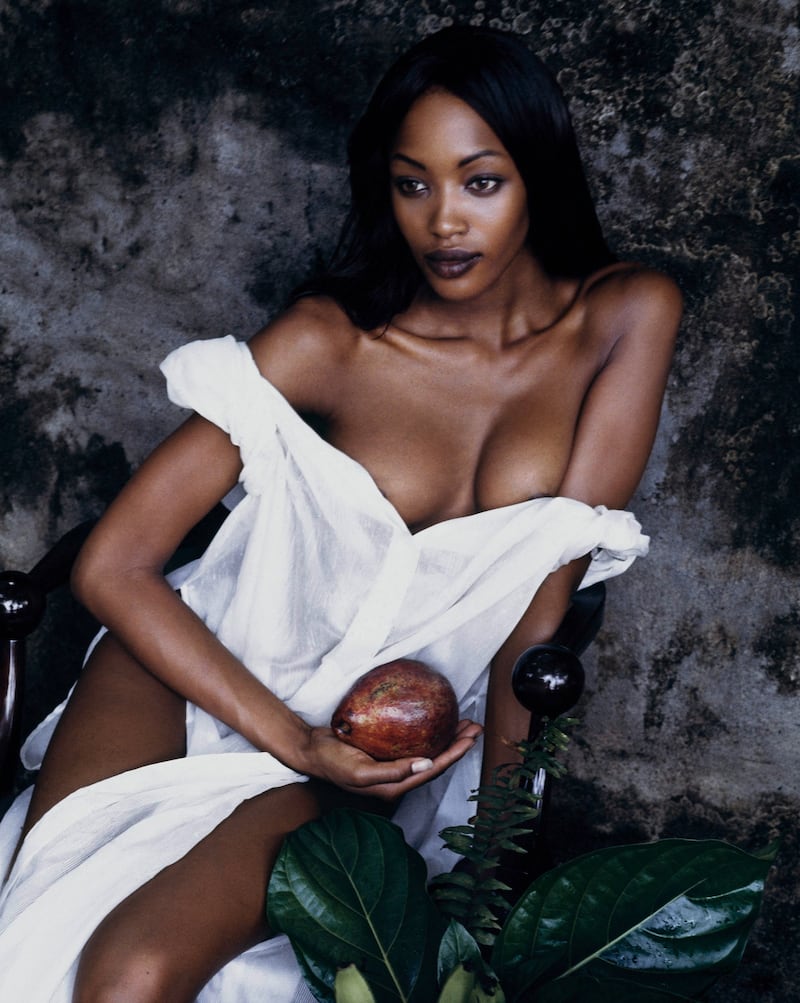
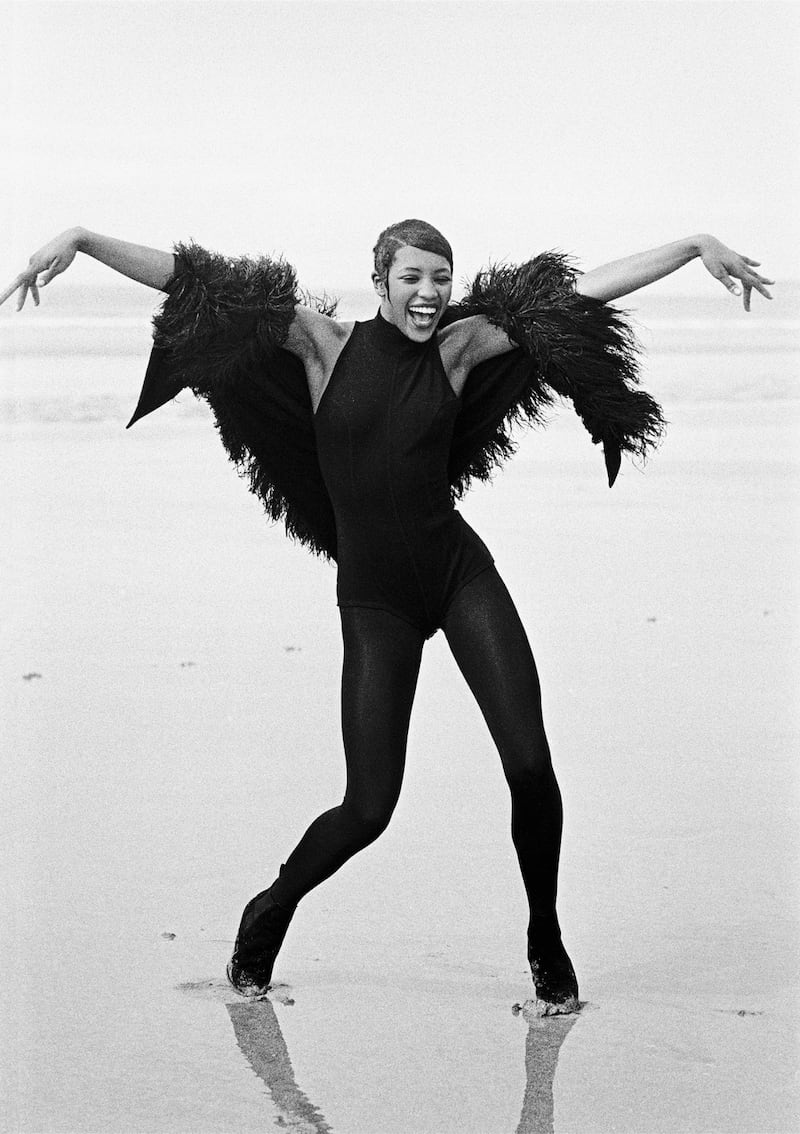
“She was so easy to work with and so pleasant,” says Doyle. “She took a lot of time preparing [in the dressing room] and as we only had a few hours, we were concerned. But she was so professional – in the end we captured everything within the hour,” he says, adding that her demands included a private jet from London and flying her team in from different parts of the world. After the shoot, Campbell headed to visit Bono in Killiney.
She started her career in the fast lane, being flown by Concorde from London to New York as a teenager to be photographed by US Vogue and buying her first New York apartment at 19. She was the first black model to grace the cover of French Vogue and Time magazine and has been the face of hundreds of magazine covers, editorials and advertising campaigns. In her role as commissioning editor for British GQ and editor at large with Russian and German Interview magazine, she has interviewed Ronnie Wood, Kate Moss, Julian Schnabel, Zaha Hadid, Lula, Hugo Chávez and Cristina Fernández de Kirchner among others.
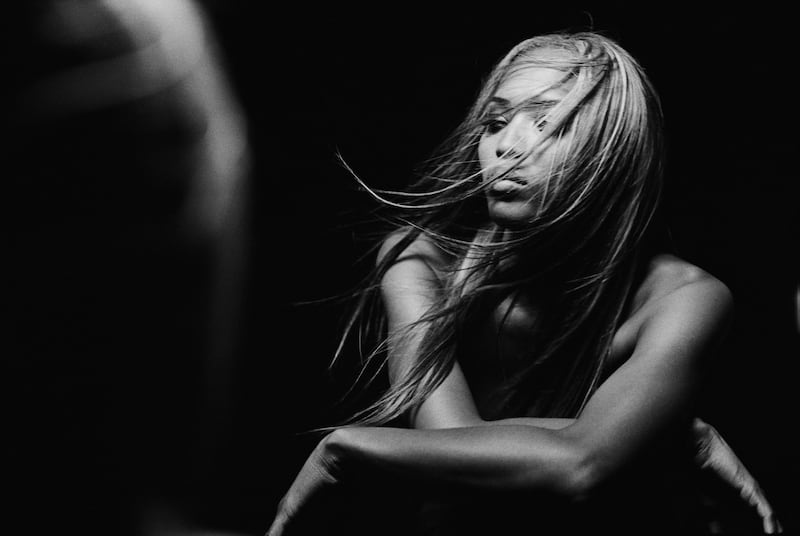
“I like meeting powerful people” is the cool assertion of one who has met many world leaders – the Obamas, the Clintons, Mandela, Putin (who gave her a book on martial arts). She says she would have liked to have interviewed Kim Jong-Il of North Korea before he died. Mike Tyson, an ex-boyfriend, famously said of her: “She’s scared of nothing.”
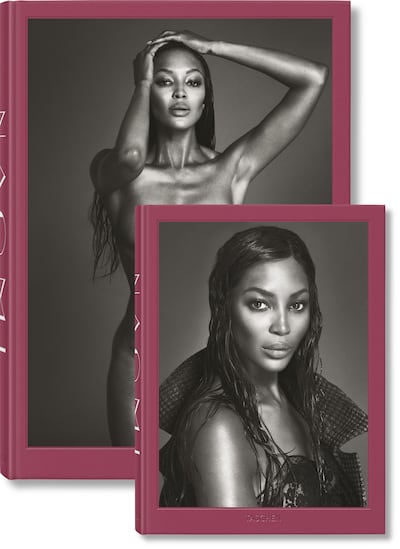
Then there’s her humanitarian and entrepreneurial side. Campbell started Fashion for Relief in 2005 after Hurricane Katrina that raised $15 million for victims, took part in the London Olympics closing ceremony, is an executive producer of the TV show The Face, mentoring young models, and most recently has campaigned for more diversity behind the scenes in fashion companies. Africa remains a focus “after my grandad Nelson Mandela died”, and she connects African designers and models with the global community through her own company, NC Connect.
These days she has taken up diving and paddle boarding and gives free make-up tutorials on her YouTube channel. “ ‘Retire’ isn’t a word I ever want to use,” she writes. More recently she made headlines again covered head to toe in a hazmat suit, goggles and face mask travelling through Los Angeles airport.
Naomi is a hefty tome – the book weighs nearly a stone – but is suitably grand and imposing, in keeping with a larger-than-life figure and personality who still commands attention and awe wherever she goes and whatever she does.
The boxed, updated edition of Naomi, a 522-page book with fold-outs, edited by Josh Baker, plus a 388-page companion volume, is published by Taschen (£100)

















